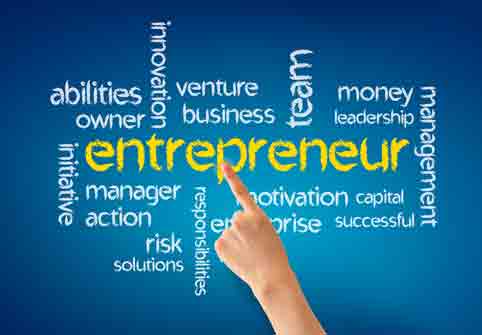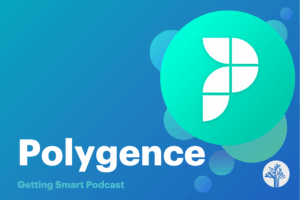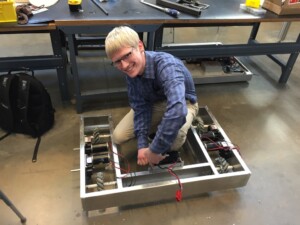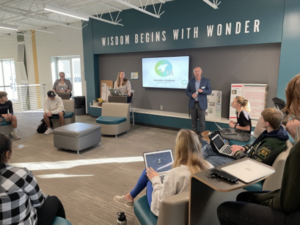Building an Entrepreneurial Mindset

Teaching grit, as featured on NPR last week, is all the rage in U.S. education these days. Grit is part of what Stanford University professor Carol Dweck a “growth mindset” — the belief that success comes from effort — and not a “fixed mindset” — the notion that people succeed because they are born with a “gift” of intelligence or talent.
It’s possible that standards-based programs of managed instruction that produced high test score were, in effect, spoon feeding students without incorporating enough productive failure. Encouraging persistence is a great thing but making ‘grit’ a stated goal seems both too limiting and disconnected from a sense of purpose.
There is also a lot of talk about college and career readiness these days–but the focus is on the reading, writing and math skills to gain college acceptance. Beyond the basics, the most important aspect of career readiness may be developing an entrepreneurial mindset–that includes being able and ready to create your own job, but it also means curiosity, self-direction, and looking for ways to add value in every circumstance.
There are a network of universities working together to foster an entrepreneurial mindset in engineers. The Kern Entrepreneurship Education Network (KEEN), sponsored by the Kern Foundation, has a great outcome framework (adapted below) that includes persistence but incorporates it in a stronger sense of purpose:
Entrepreneurial Mindset:
- Exercise curiosity about the world
- Define problems, opportunities, and solutions in terms of value creation
- Assess risk
- Persist through and learn from failure
- Demonstrate resourcefulness
- Anticipate technical developments by interpreting surrounding societal and economic trends
- Identify new business opportunities
Multidimensional Problem Solving:
- Apply creating thinking to ambiguous problems
- Apply systems thinking to complex problems
- Examine technical feasibility, economic drivers, and social and individual needs
- Act upon analysis
Productive Collaboration:
- Collaborate in a team setting
- Understand the motivations and perspectives of stakeholders
- Communicate solutions in economic terms
- Substantiate claims with data and facts
Integrity:
- Pursue personal fulfillment by creating value
- Identify personal passions and plan for personal growth
- Fulfill commitments in a timely manner
- Discern and pursue ethical practices
- Contribute to society as an active citizen








0 Comments
Leave a Comment
Your email address will not be published. All fields are required.